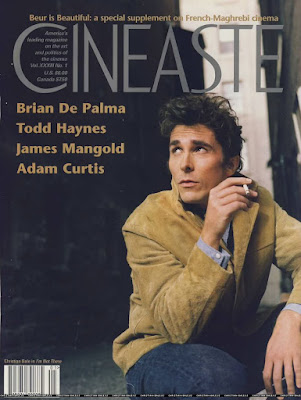
The Bal Mabille
"Jean Béraud (1849-1935) was not an Impressionist, but then neither was he not impressionist. Like Jules Bastien-Lepage, he used some features of Impressionist style, but remained outside the movement as such. He was born, the son of a sculptor, in Saint Petersburg, and started his training as a lawyer just before the Franco-Prussian War broke out in 1870. Following that, he switched to painting, becoming a pupil of Léon Bonnat in 1872. Le Bal Mabille (before 1882) may have been one of his earliest paintings. The Bal was a very popular open-air dance hall which took place on a location which would be in Avenue Montaigne in Paris. Started in 1831, it operated until 1875, and was demolished in 1882. It is claimed that the polka and can-can were introduced there, and it was struck by shells during the Franco-Prussian War. ..."
Eclectic Light
W - Jean Béraud
W - Bal Mabille

Parisienne place de la Concorde















































